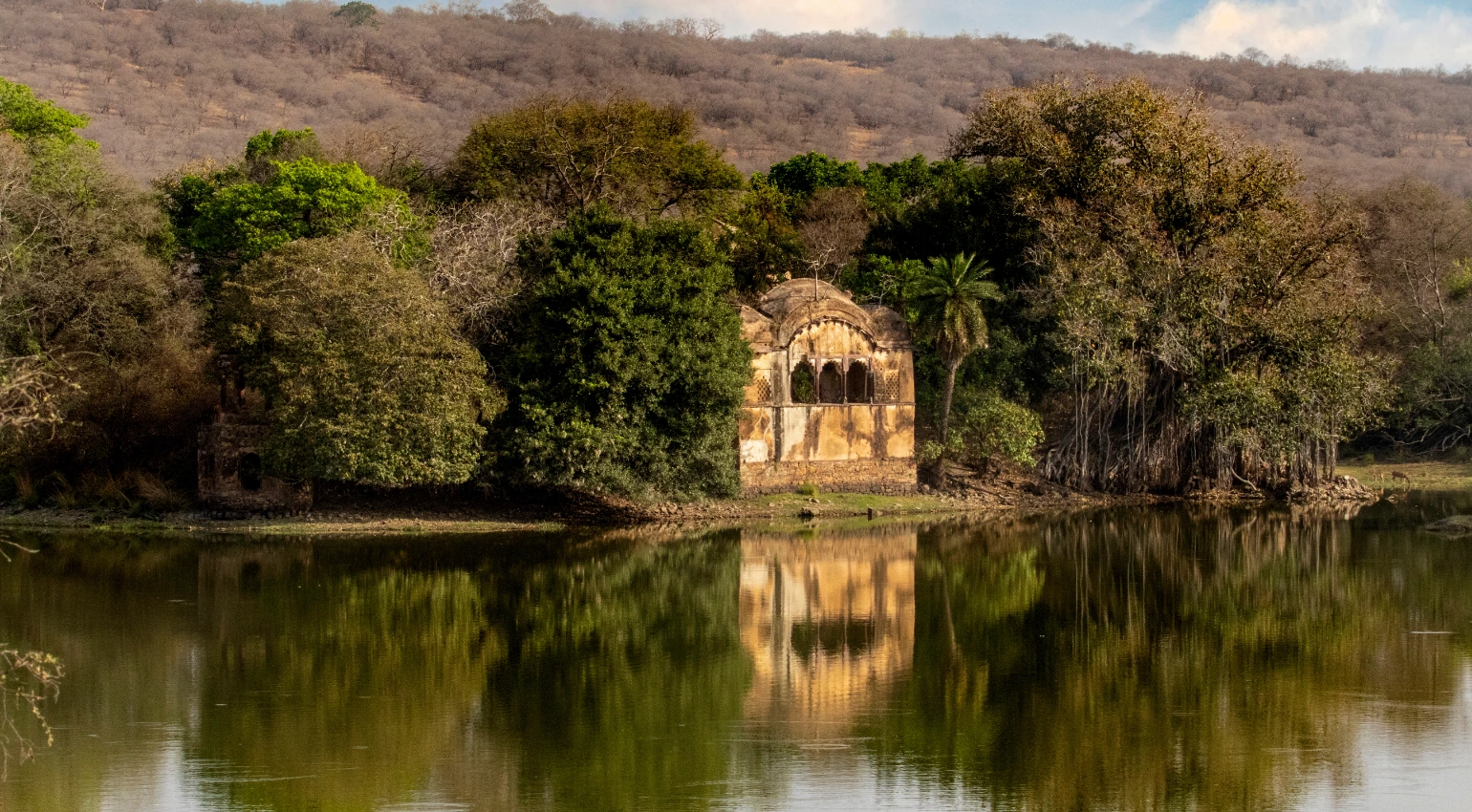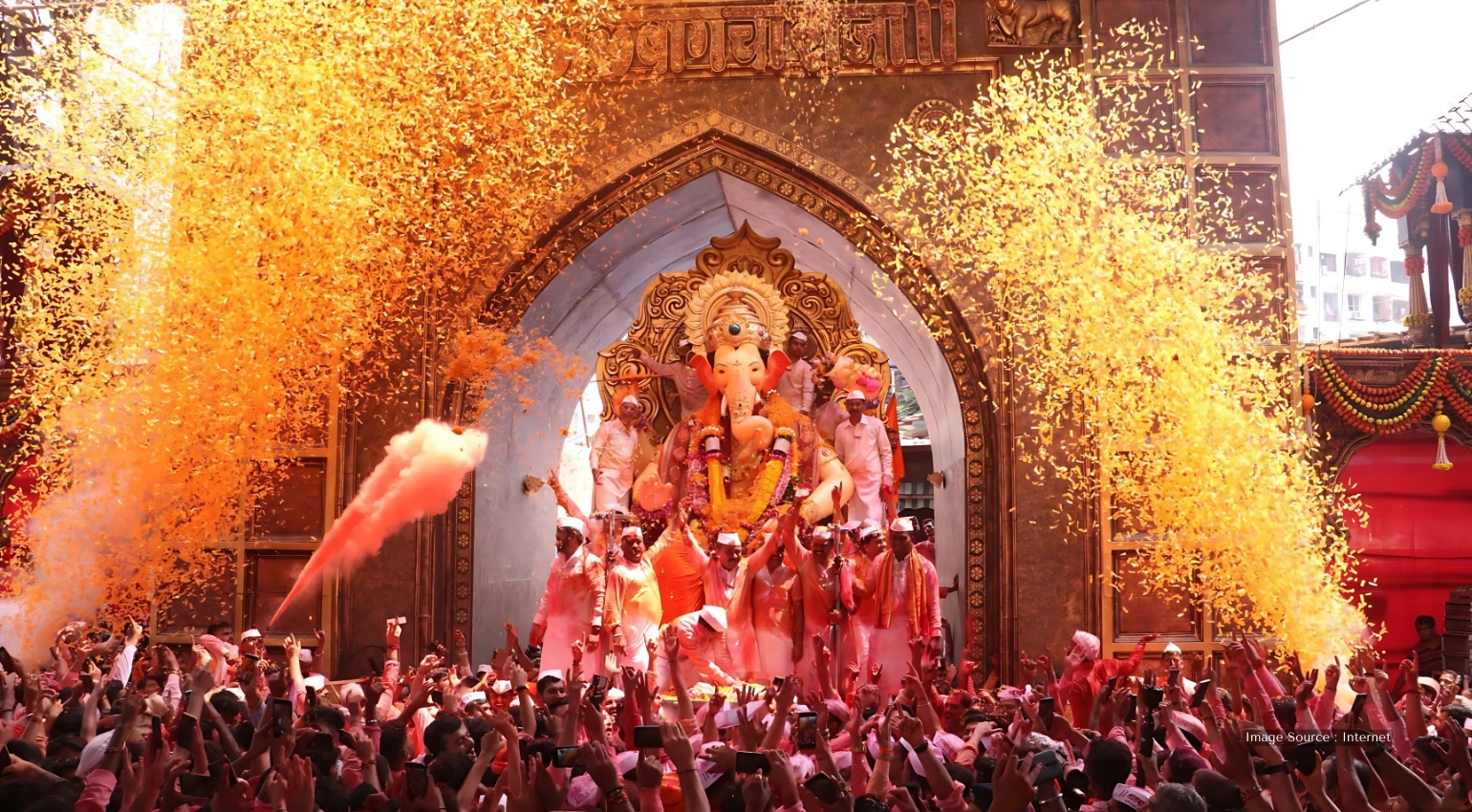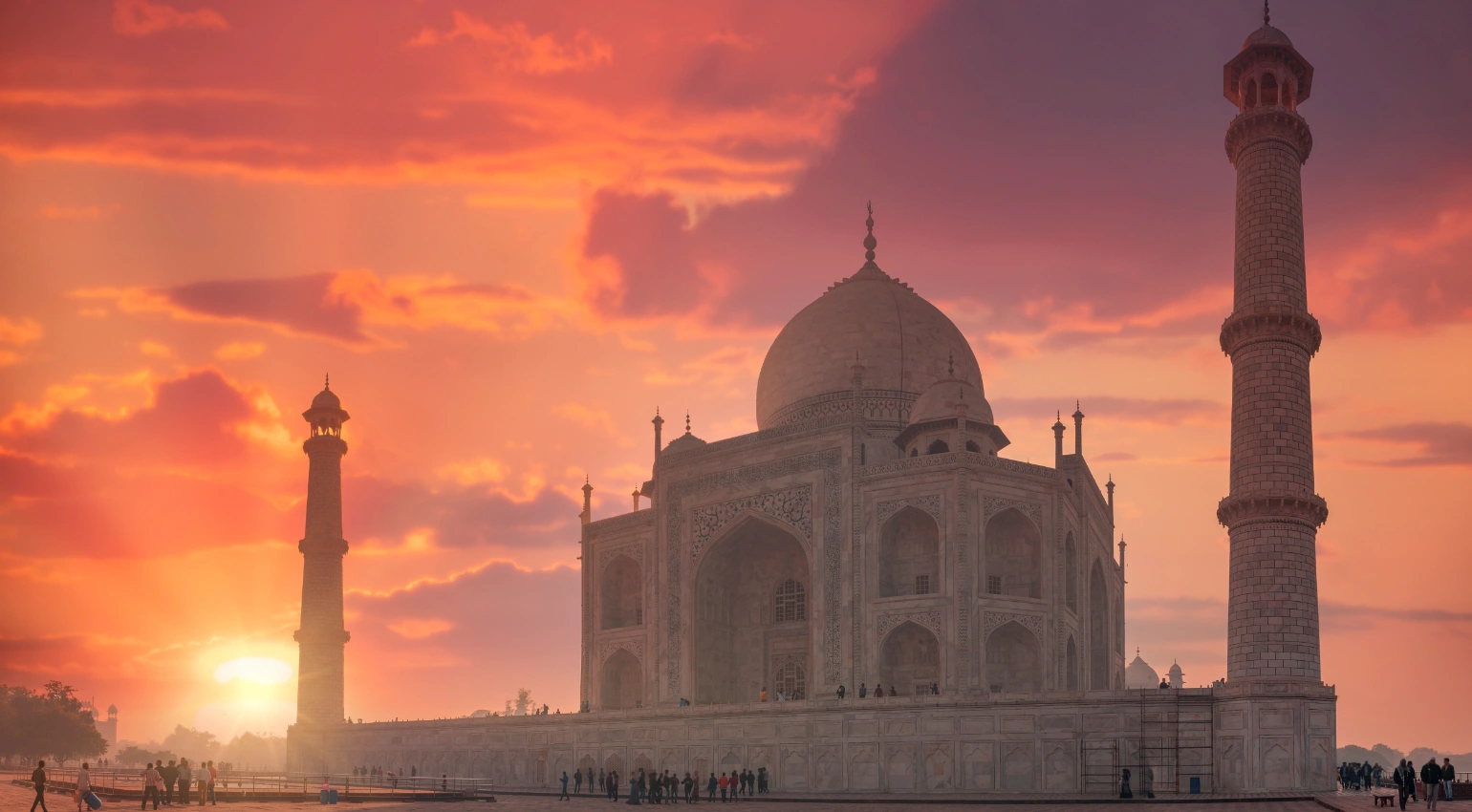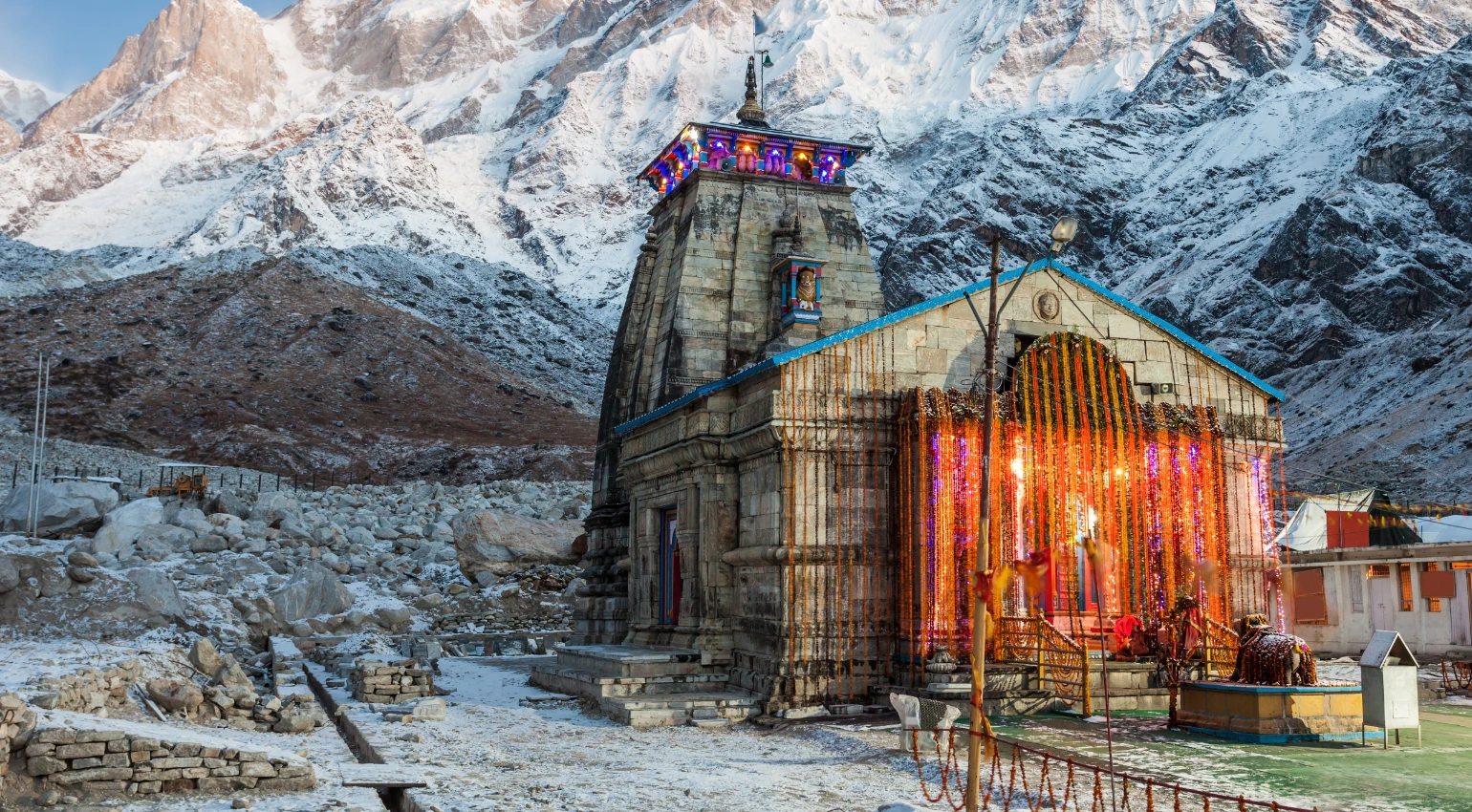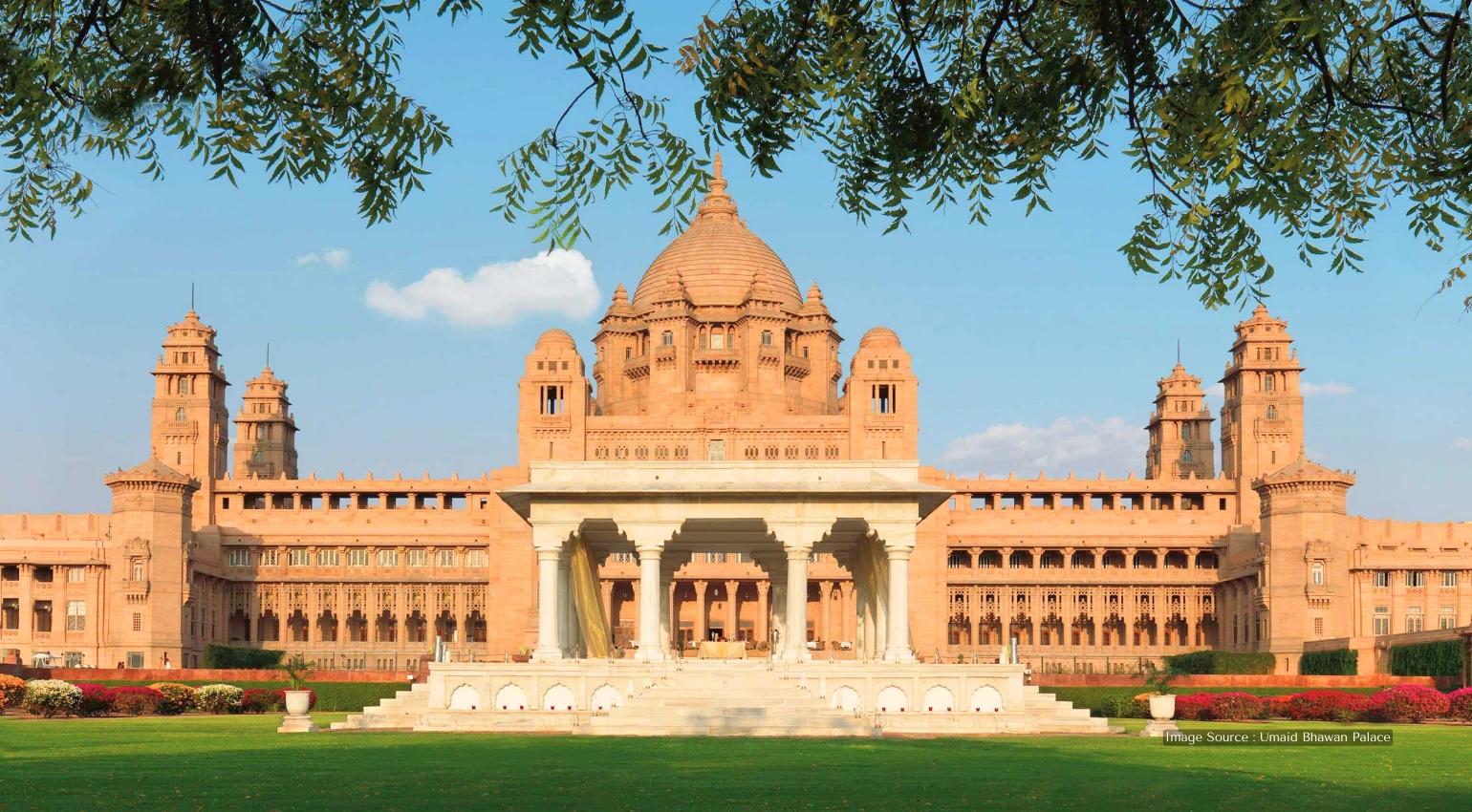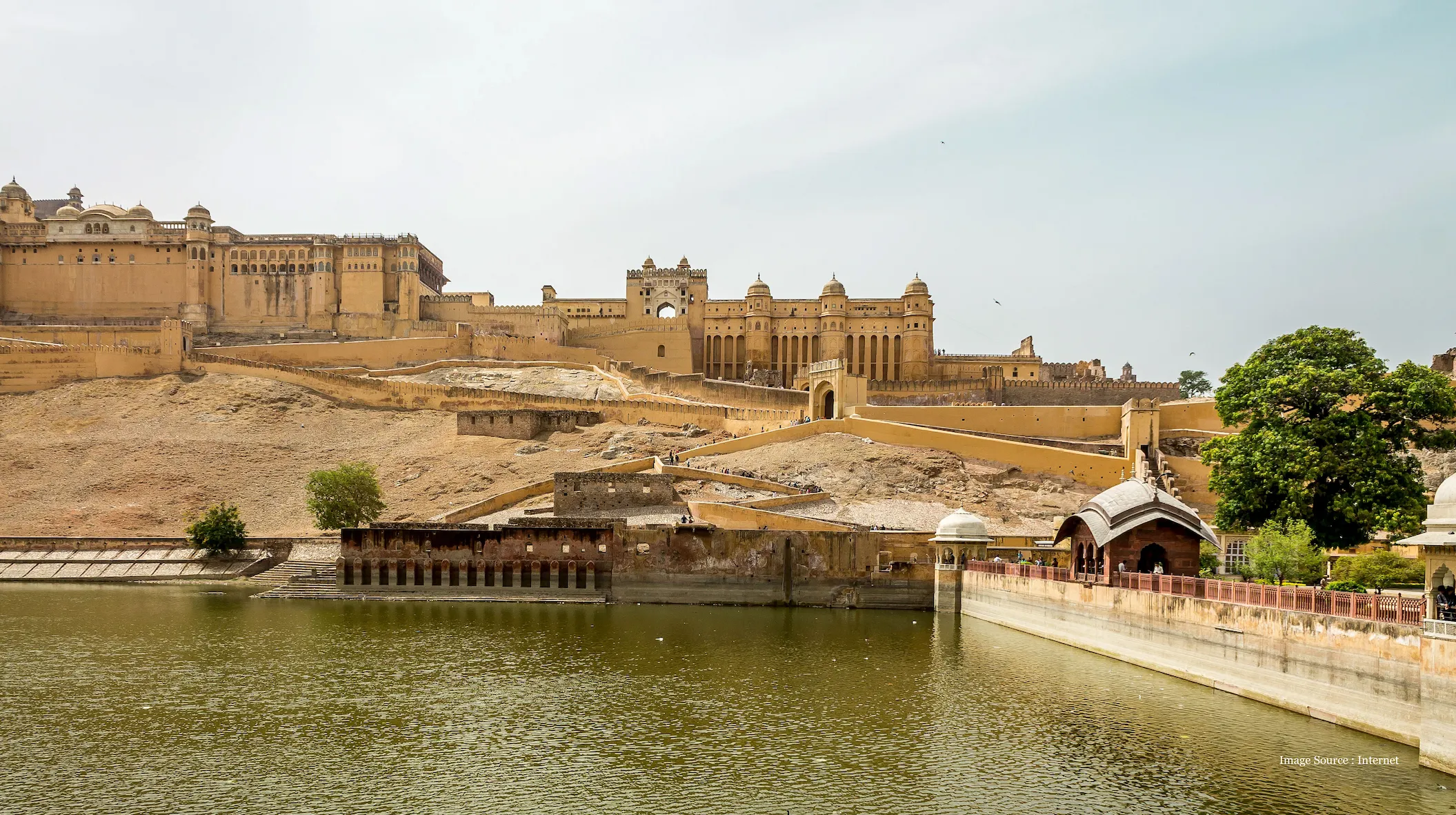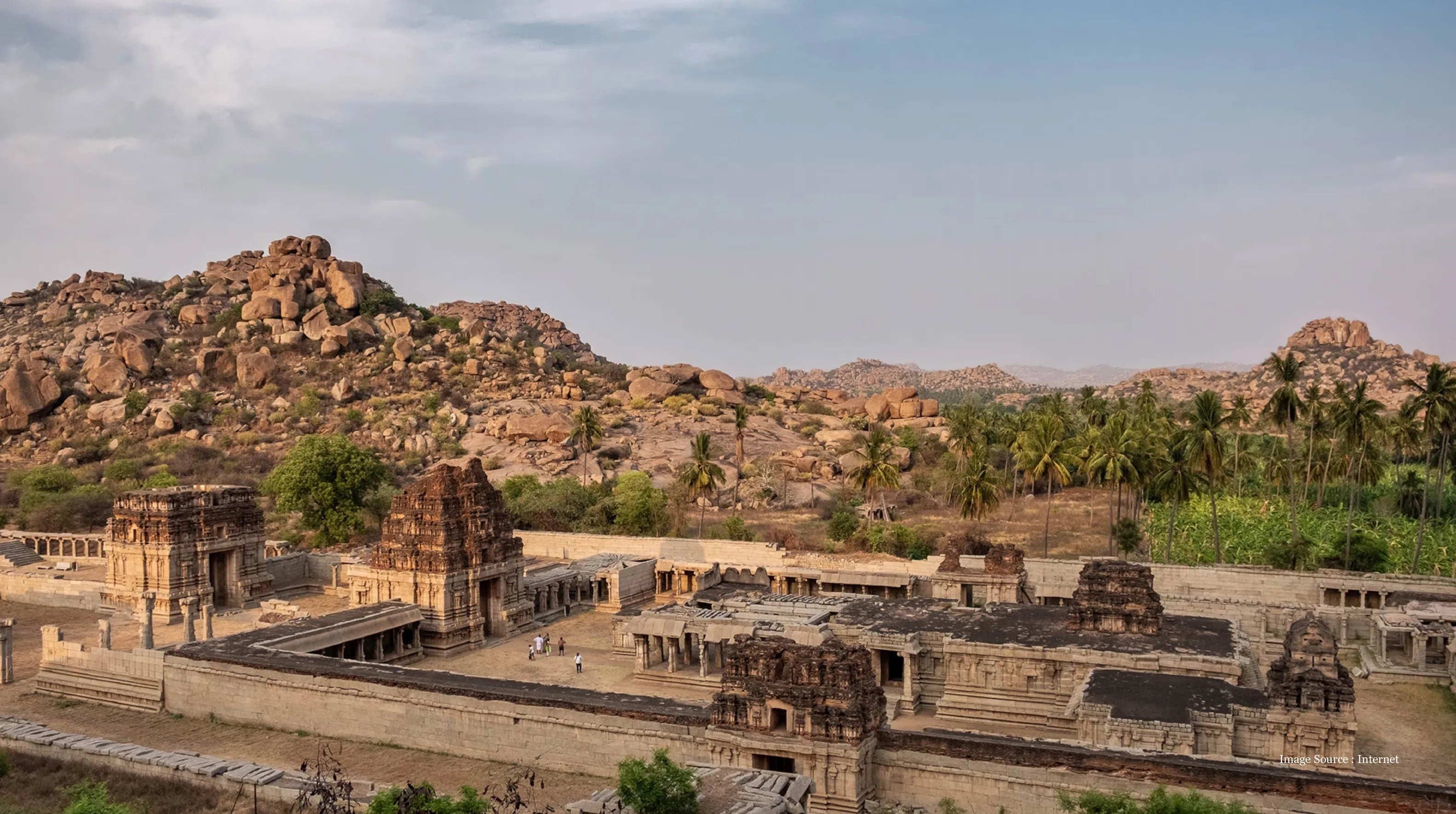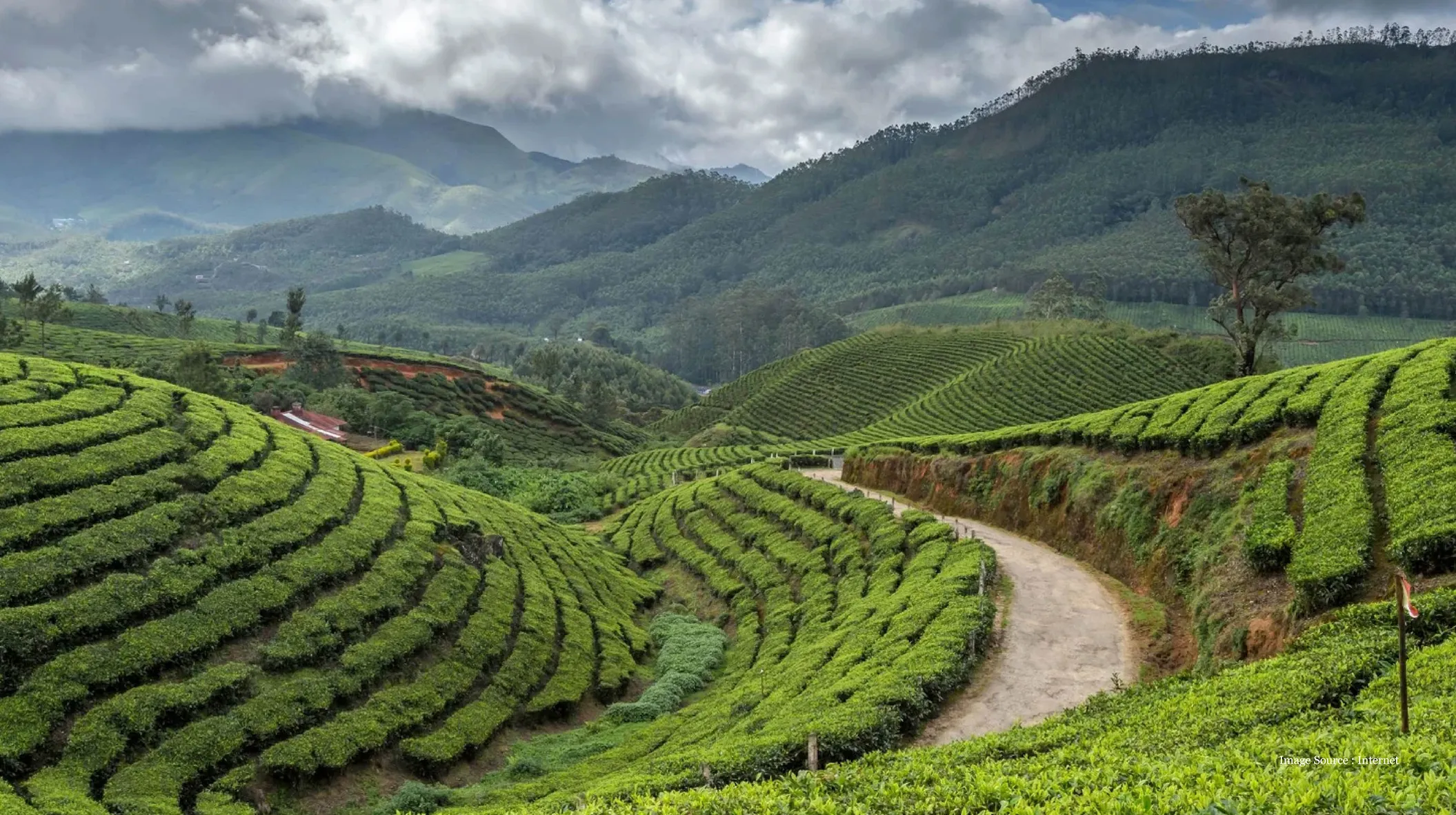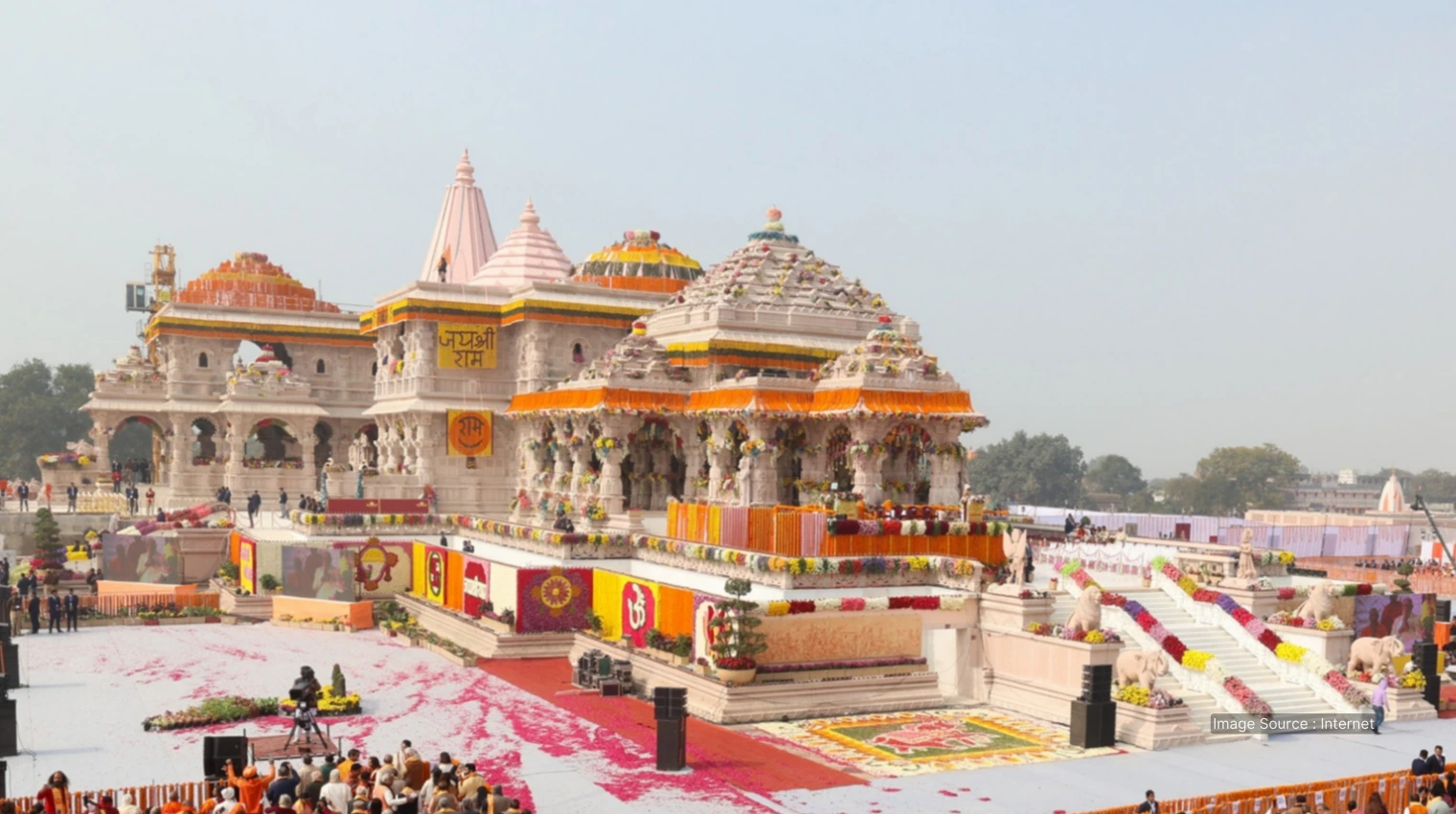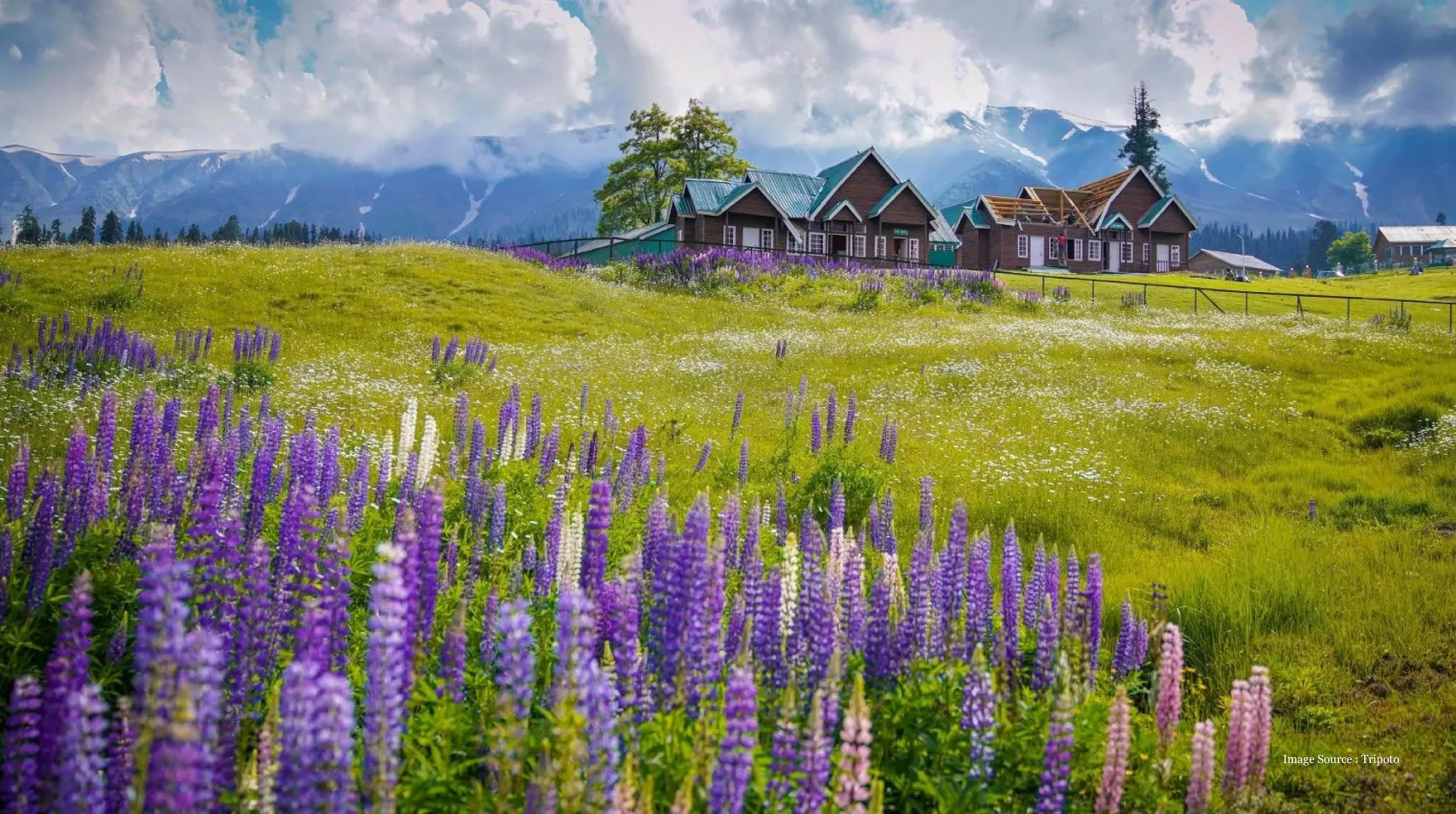Last Updated : Nov 06, 2025 | View Count : 1172 | Read Time : 7 min
Luxury Varanasi Tour Package: Exploring the World's Oldest Living City
This city on the banks of the holy Ganga River has been inhabited consistently for over 3,000 years– people call it one of the oldest living towns in the world. Varanasi sits in the Northern-Indian state of Uttar Pradesh, and it's sacred to Hindus as well as Buddhists. For Hindus, dying in Varanasi and being cremated on the ghats (riverside steps) is believed to break the cycle of rebirth and bring salvation. For Buddhists, it's where Buddha gave his first sermon after attaining enlightenment. The city draws pilgrims, seekers, and travelers who want to experience something profoundly different from anywhere else.
I'll be honest, Varanasi can be overwhelming at first, but if you give it time and approach it with respect for what you're witnessing, a Varanasi tour package reveals layers that stay with you long after you leave.
What should I expect from a luxury Varanasi tour
Varanasi is intense at first, but incredibly rewarding if you give it time. The experience centers on the 88 riverside ghats where life and death happen openly—from the spectacular evening Ganga Aarti ceremony to the 24/7 cremations at Manikarnika Ghat. Stay at luxury properties like Taj Ganges for peaceful sanctuary away from the crowds, or BrijRama Palace right on the ghats for complete immersion
Table of Content
- How to Find Your Way Through Varanasi's Sacred Landscape?
- Which are the Must-Do Experiences in Varanasi?
- Where to Stay: Finding Comfort in the Holy City
- FAQ
How to Find Your Way Through Varanasi's Sacred Landscape?
Varanasi centers on the ghats, which refers to the series of steps leading down to the Ganges River. The town has around 88 ghats stretching along the sacred river, each with its own name, character and significance.
Dashashwamedh Ghat is the main ghat and probably where you'll spend significant time. This is where the famous Ganga Aarti (river worship ceremony) happens every evening, and it's one of the most crowded spots in the city. The ghat is large, with multiple levels of steps, and it's been a center of religious activity for centuries. During the day, it's busy with pilgrims bathing in the Ganges, priests offering prayers, vendors selling flowers and offerings. The energy here is constant.
Walking north from Dashashwamedh, you reach Manikarnika Ghat, the main cremation ghat. This is where you need to be mindful– you should keep a respectful distance from funeral proceedings. Bodies are cremated here 24 hours a day, and for Hindus, this is one of the most sacred spots in the world. The smoke from the pyres, the priests performing last rites, the families saying goodbye to loved ones, it's intense and confronting. But it's also where you understand that Varanasi isn't a museum. Death and life happen side by side here, openly and without pretense.
Assi Ghat, at the southern end of the main ghat area, has a different vibe. It's calmer, popular with locals and students (Banaras Hindu University is nearby), and has become a bit of a hangout spot with cafes and guesthouses. The morning aarti here is smaller and less touristy than the evening one at Dashashwamedh. I found Assi Ghat a good place to just sit and watch the river without the intense crowds.
The best way to experience the ghats on a Varanasi city tour package is walking. The entire stretch from Assi Ghat to Manikarnika is about five kilometers along the river. You can't drive along the ghats (no vehicles allowed), so walking is how you see everything. Go early morning, around sunrise, when the light is beautiful and you'll see thousands of people bathing in the Ganges, doing yoga on the steps, and priests performing morning rituals.
TL;DR: The 88 ghats along the Ganges each have their own character—from the crowded Dashashwamedh where the evening aarti happens, to the Hindu cremation rituals at Manikarnika, to the calmer Assi Ghat popular among locals.
The Temples: Spiritual Centers of the Holy City
.webp)
Varanasi has thousands of temples, but a few stand out as essential visits. Kashi Vishwanath Temple is the most important. This golden-spired temple dedicated to Lord Shiva is one of the twelve Jyotirlingas (most sacred Shiva temples in India). The current structure was built in 1780 by Maharani Ahilyabai Holkar of Indore, though temples have existed on this site for much longer.
Getting into Kashi Vishwanath requires patience. Security is tight (no phones or cameras allowed, bags are checked), and lines can be long. Non-Hindus are allowed inside, but you need to be respectful. The inner sanctum where the Jyotirlinga sits is small, and you'll only get a few seconds in front of it before being moved along by the crowd. But being inside this temple, seeing the devotion of pilgrims who've traveled across India to be here, that's powerful regardless of your own beliefs.
Sankat Mochan Hanuman Temple sits about five kilometers from the main ghat area. This temple dedicated to Hanuman (the monkey god) was established by poet-saint Tulsidas in the 16th century. The atmosphere here is different from Kashi Vishwanath. It's more open, less crowded, and you can actually spend time inside without being pushed along. Tuesday and Saturday see more crowds (auspicious days for worship), but other days are relatively peaceful.
Sarnath: Where Buddhism Began
About ten kilometers from Varanasi sits Sarnath, where Buddha gave his first sermon after attaining enlightenment around 528 BCE. This is one of Buddhism's four most sacred sites, and it certainly adds weight to your Varanasi pilgrimage tour. Sarnath needs at least half a day.
The Dhamek Stupa is the main monument, a cylindrical structure built in 500 CE to mark the spot where Buddha taught. You can walk around it (always clockwise in Buddhist tradition), and the scale is impressive. The geometric patterns on the stonework show sophisticated craftsmanship from that period.
The Archaeological Museum at Sarnath houses the famous Ashoka Pillar capital with four lions (now India's national emblem) and numerous Buddha statues and artifacts from the site's excavations. If you're interested in Buddhist art and history, this museum is excellent. It's small, well-organized, and the pieces are significant. The Mulagandha Kuti Vihar, a modern temple built in the 1930s, has beautiful frescoes showing scenes from Buddha's life painted by a Japanese artist.
.webp)
Which are the Must-Do Experiences in Varanasi?
Ganga Aarti at Dashashwamedh Ghat happens every evening at sunset, and it's one of India's most spectacular religious ceremonies. Seven priests perform a synchronized ritual with fire lamps, brass bells, and conch shells, offering prayers to the Ganges River. The lamps (some with multiple wicks) are massive, and watching the priests move them in coordinated patterns while smoke rises and bells ring creates a sensory experience that photographs can't capture.
You can watch from the ghat itself (free but very crowded), or book a boat on the river (paid but better views and less crushing crowds). I preferred the private cruise option. You're close enough to see everything clearly and the perspective from the water is beautiful.
What struck me about the Ganga Aarti wasn't just the visual spectacle. It was seeing people's devotion. Families with kids, elderly pilgrims, young couples, all completely absorbed in the ritual. For tourists it's a show. For many people there, it's regular worship of a river they consider a goddess.
Private Sunrise Cruise on the Ganges offers a completely different perspective on the city. Early in the morning, around 5:30 or 6 AM, you get on a private boat and glide along the ghats as the city wakes up. The light at sunrise is soft and golden, perfect for photography. More importantly, you see Varanasi's daily rhythms. Most hotels can arrange this, or you can book through a luxury travel agency that will organize everything including a knowledgeable guide.
Local Market Shopping in Varanasi means diving into the old city's chaotic lanes, particularly around Vishwanath Lane and Thatheri Bazaar. Varanasi is famous for Banarasi silk sarees, which are handwoven with gold and silver threads in intricate patterns. The real ones are expensive (can run thousands of dollars for top quality), but even mid-range Banarasi silk is beautiful and makes an incredible souvenir or gift.
The markets also sell brassware (Varanasi is known for brass work), religious items, wooden toys, and street food. The food scene in the lanes near the ghats is famous. Kachori, chaat, lassi, jalebis, all served from tiny shops that have been there for generations. Blue Lassi near Kashi Vishwanath has been serving lassi in clay cups for decades and has become a bit of an institution.
Where to Stay: Finding Comfort in the Holy City
Varanasi has accommodation ranging from budget guesthouses to luxury hotels. Where you stay affects your experience significantly.
Taj Ganges
This sanctuary sits away from the old city chaos in the Cantonment area, about 20 minutes from the ghats. This is Varanasi's most established luxury hotel– the rooms are spacious and comfortable, the pool and gardens are great to relax in. The property has been recently renovated and maintains high standards.
What I appreciated about Taj Ganges was the professional service and the sense of having a peaceful base. Varanasi can be overwhelming, and returning to quiet, clean, comfortable spaces helps you process what you've experienced.
BrijRama Palace
This heritage property sits directly on Darbhanga Ghat, right on the river. You're in the middle of everything. Wake up to views of the Ganges, watch the ghats from your room, hear the temple bells and rituals. The building is an 18th-century palace converted to a hotel, so the architecture and interiors have historical character.
The rooms vary in size and views (river-facing ones cost more but are worth it), and the property maintains period details while providing modern bathrooms and amenities. The rooftop restaurant has beautiful views, and the location can't be beat for immersing yourself in Varanasi's atmosphere.
The Clarks Varanasi
This hotel sits between Taj Ganges and BrijRama in terms of location and style. It's in the Cantonment area like the Taj Ganges. The property is comfortable with good facilities including a pool, multiple restaurants, and well-appointed rooms. The service is professional, and they're experienced at handling international travelers who need support navigating Varanasi.
The Clarks is slightly more affordable than Taj Ganges while maintaining quality standards. It's a good choice if you want comfort and professional service without being right on the ghats. The hotel arranges all the standard tours and experiences, and having a comfortable retreat after intense days in the old city makes the experience more sustainable.
TL;DR: Your accommodation choice shapes your entire Varanasi experience—Taj Ganges and The Clarks are both a luxurious sanctuary away from the chaos with pools and gardens, while BrijRama Palace puts you right on the ghats with Ganges views from your room.
FAQs
1. Can non-Hindus enter the temples in Varanasi?
Most temples allow non-Hindus, including Kashi Vishwanath, but you are expected to respect protocols. Dress appropriately, remove shoes, follow instructions, and be respectful of people's worship. Some inner sanctums may be restricted to Hindus only. Photography is usually prohibited inside temples. If you're unsure, ask or observe what others are doing.
2. What's the best time to visit Varanasi?
October through March offers the most comfortable weather, though it can get quite cool in December and January (you'll need layers for early morning boat rides). April through June is very hot. Monsoon season (July through September) brings heavy rains and high humidity. The major festivals (Diwali, Dev Deepawali, Maha Shivaratri) draw enormous crowds, which can be incredible to witness but also very challenging to navigate.
3. Do I need a guide in Varanasi or can I explore on my own?
You can explore on your own, but a good local guide adds enormous value in Varanasi. The old city is a genuine maze where getting lost is easy. Guides explain the significance of what you're seeing, help you navigate respectfully through religious sites and provide great cultural context that makes everything more meaningful.
plan your bespoke india journey today
tell us what inspires you - and we will handcraft an experience that mirrors your elegance, pace & personality.
START PLANNINGBlogs Categories
It is a Sanskrit verse taken from an ancient Bharat (Indian) scripture
which means ‘The Guest is like God’.
In Bharat (India), guests are always welcomed with open arms and given
You Will Like These Too...
It is a Sanskrit verse taken from an ancient Bharat (Indian) scripture
which means ‘The Guest is like God’.
In Bharat (India), guests are always welcomed with open arms and given
TRAVELOSEI PROMISE
What To Expect?
The Real India,
Re-Imagined For You
India is not just a destination - it's a world with-in the world. TRAVELOSEI go far beyond guide-books to offer you an India that is authentic yet exclusive, spiritual yet sophisticated delivered through private doors, rare access, and impeccable attention to details.
Trusted By Global Elites
From World Class Leaders to Forbes Listed Families and international Royalties to visionary CEOS.
Our clientele chooses us for one reason - We Know India. Over two decades of providing experiences which aren't just luxurious - they are intimate, curated & wildly rare.
Bespoke Travel Experience
For those who seek truth in detail, art in hospitality, and identity in experience. Our Luxury Travel Architect work discreetly and personally with you to craft travel experiences that go beyond 5 Stars, where every detail whispers luxury - and legacy.
White-Glove Concierge
24 X 7 Dedicated Concierge Support even in the wildest corners of India. At TRAVELOSEI, our concierge team ensures that everything-from airport- tarmac pick-ups, last minute reservations and private spiritual sessions - is handled before you even ask.

